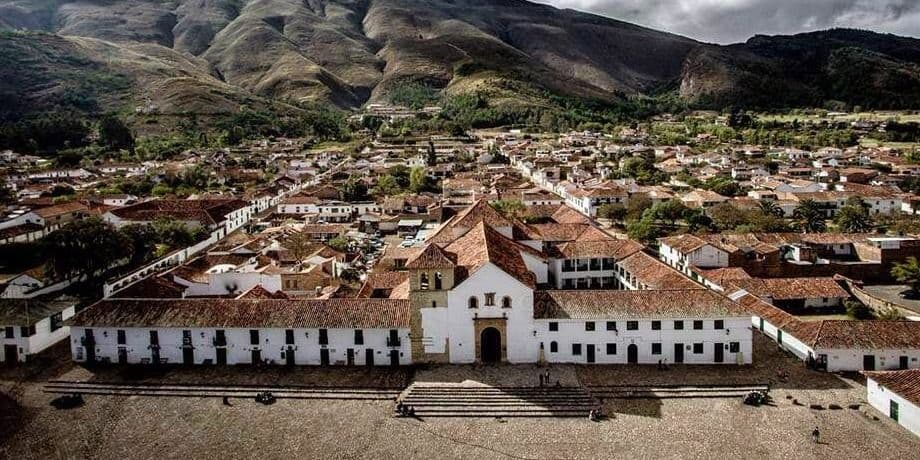
Salt Cathedral of Zipaquira
The Salt Cathedral of Zipaquirá (Catedral de Sal de Zipaquirá) is a salt mine turned into a Roman Catholic underground church located in the town of Zipaquirá, Colombia. It is one of the most popular tourist attractions in Colombia and is listed as a UNESCO Heritage Monument.
The cathedral was built in the 1950s by a group of miners who wanted to create a place of worship for their community. The miners carved the cathedral out of the salt mine, and they used the salt to create the statues, pillars, and altars.
The cathedral is divided into three levels, each of which represents a different stage of the Christian life. The first level is the Nativity, which represents the birth of Jesus Christ. The second level is the Passion, which represents the suffering and death of Jesus Christ. The third level is the Resurrection, which represents the victory of Jesus Christ over death.
The cathedral is a popular tourist destination, and it is visited by millions of people each year. The cathedral is also a popular spot for weddings, baptisms, and other religious ceremonies.
Here are some other interesting facts about the Salt Cathedral:
- The cathedral is made entirely of salt, including the statues, pillars, and altars.
- The cathedral is 180 meters (590 ft) long and 120 meters (390 ft) wide.
- The cathedral can hold up to 8,000 people.
- The cathedral is open to the public year-round.
Featured on:
Salt Cathedral & Guatavita Motorcycle Tour
Visit one of the Seven Wonders of Colombia and discover the Legend of El Dorado while ripping it on a motorcycle!
Two-Wheeled Heritage Ride
Visit historical cities and sites while mobbing on a motorcycle! La Chorrera Waterfall, Guatavita, Villa de Leyva, and the Salt Cathedral.
VIP Private Motorcycle Tours
Private motorcycle tours for groups of all sizes! Choose from any of our tour routes or let us know how long you want to ride, what you wish to explore, and the experiences you crave – we will handle the rest.

